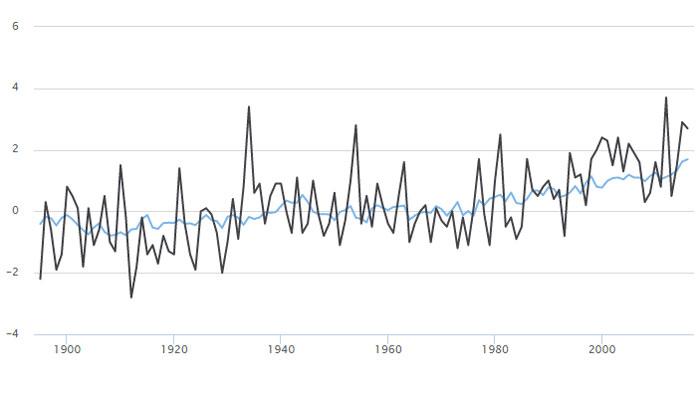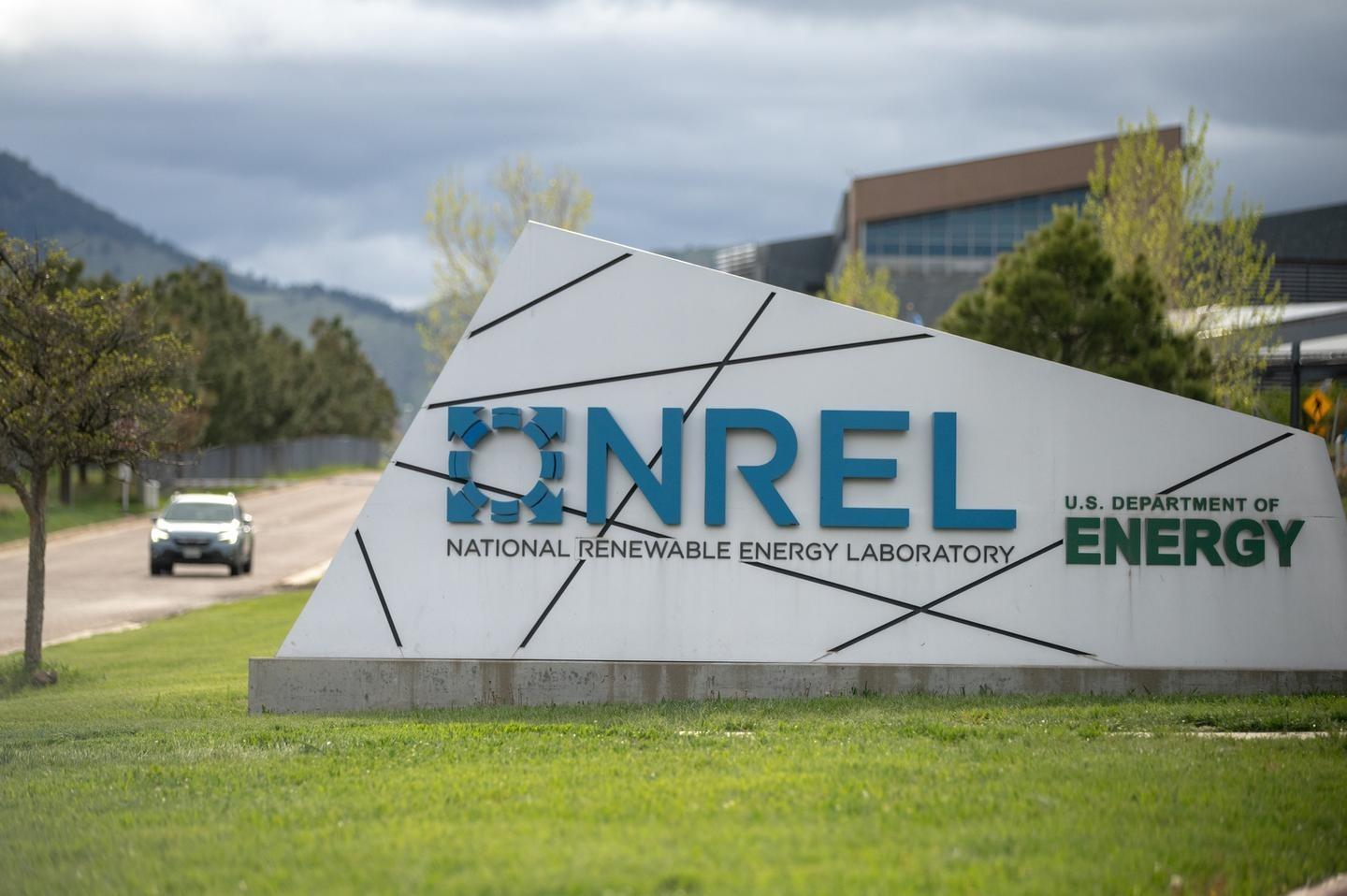
Marking the third consecutive year of record-breaking heat, 2016 was the hottest year on record since scientists began tracking global temperatures in 1880.
While that was the global temperature, we had to wonder: how did Colorado fare?
Well, 2016 was the 5th hottest year on record for the Centennial State. For the contiguous United States, it was the 2nd hottest year.
“When you look at the entire globe, the U.S. covers less than 2 percent of the global surface,” said Jake Crouch, physical scientist with the National Oceanic and Atmospheric Administration’s National Centers for Environmental Information. “So it’s important to keep in mind that what we observe here in our own backyards isn’t always representative of what happens when we look at the entire world as a whole.”
In the chart, Colorado has greater fluctuations compared to the global temperature anomaly. Landlocked locations like Colorado have higher variability in their temperatures. Also, the global average includes both land and surface temperatures. The ocean has less variability.
According to Colorado climatologist Nolan Doesken, the hottest year on record goes to 2012, with an average temperature of 48.3°F, followed by 1934 (48.0°F), 2015 (47.5°F) and 1954 (47.4°F).
Doesken said drought and heat often — but don’t always — go together in Colorado. Three of Colorado’s top five hottest years (2012, 1954 and 1934) were accompanied by drought.
“The same type of weather pattern that produces day after day of sunshine also suppresses rainfall, also puts a big high pressure area overhead that can be resulting in persistent warm temperatures,” Doesken said.
In the fall of 2016, Colorado saw considerably less rain and snow. Right now about half the state is experiencing a moderate drought, or is abnormally dry.
Overall, NOAA’s Jake Crouch said that as the climate warms, the chance of more record warm years will continue to increase.
“So the probability of what is happening has increased over time, and it will increase going forward as we continue to warm our climate system.”









